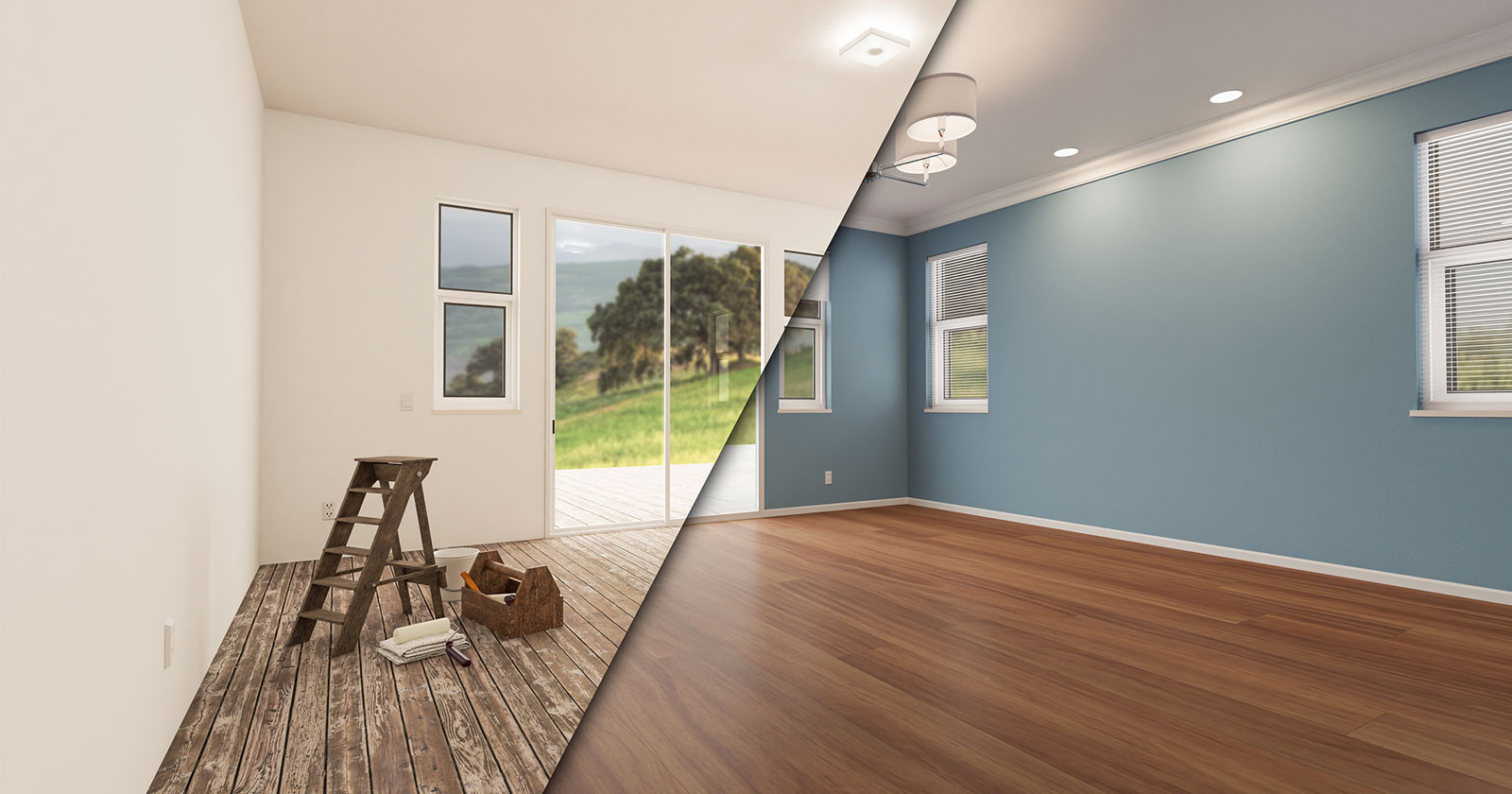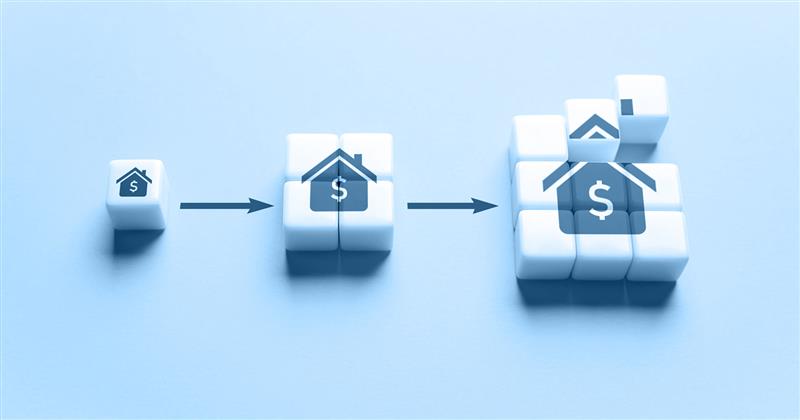With house flipping netting an average gross profit of $66,000, why isn’t everyone flipping houses for a living? Like most ventures in life, with big rewards come big risks–and flipping houses is no exception. Adequate research, guidance, and the ability to spot red flags throughout the house flipping process are what bring real estate prosperity–rather than financial burdens.
For beginners interested in learning how to flip houses for a profit, Finance of America Commercial (FACo) has compiled a list of the do’s and don’ts and what to look for when flipping a house.
Let’s dive in:
1. Location, Location…Location!
- Is this area expanding?
- Are there attractions, nightlife, and restaurants for the family?
- Are businesses and job opportunities coming or going?
- Is it on a busy road?
- Is there ample parking?
- Is public transportation nearby?
- How good are the school districts and specific schools in the area?
To uncover the importance and the answers to more granular location questions, you have to dive deeper into who the ideal purchaser is for this home:
- Are they a young couple with a small child? If so, the school district and surrounding schools become highly important.
- Is the neighborhood in a more urban setting, where owning a car is either a luxury or a hassle? If so, access to public transportation becomes essential.
- Is the neighborhood full of young, single individuals? If so, the school district becomes less of a priority, but you may want to look further into the nightlife and attractions in the area.
There are several questions like these that you must consider before taking on a fix and flip investment. Research the home’s location as if you were the buyer looking to settle in the area. If there are too many red flags that would deter your ideal buyers, such as run-down properties and lack of access, it’s best to move on to a new location.
2. Consider the Physical Characteristics of the Property
After identifying a popular or up-and-coming property location, the next step on your “flipping a house checklist” is to consider the home’s look to its surrounding area. A universal understanding within real estate is that it’s easier to flip a house with broad appeal. After all, the longer it takes to sell a property, the more it costs you.
While hints of uniqueness throughout the home can push a buyer over the finish line, you want to find an investment that fundamentally conforms to its neighborhood and surrounding area. For example, if all the homes in a neighborhood are 2,000 square feet, four bedroom, two bath homes, you may have trouble selling a 1,400 square foot home with two bedrooms and one bath. Additionally, if all of the homes in the neighborhood boast a Cape Cod facade and you’re looking at the only mid century modern house, it may be more difficult to sell.
3. Analyze Profit and ROI Potential
The answer, of course, varies from project to project. It’s likely to change with market demand and any unforeseen obstacles that may arise. However, with research and a bit of math, you can get an idea of a property’s potential before reaching for your wallet.
By performing a fix and flip project analysis, you can estimate:
- Overall project costs
- Margins
- Potential holding times
- Maximum allowable offer
- Market demand
- And potential profit and ROI
Leverage Competitive Market Analysis (CMA) and Sales Comparison Analysis (SCA) to find an accurate resale estimate of the property post-renovations based on recently sold, similar properties in the area.
Then, use fix and flip project analysis formulas to determine the property’s profit and ROI potential.
If a property is profitable after calculations, it may be worth pursuing. By calculating ROI before a flip, you can avoid properties that are money pits.
4. DIY Considerations
That doesn’t mean you shouldn’t try your hand at simple DIY projects. Smaller tasks you can do on your own will save you money and help you hone your skills for future endeavors.
Easier DIY renovation hacks that can skyrocket your property’s resale value include:
- Painting
- Installing hardware
- Landscaping
Some things DIY flippers should avoid are:
- Plumbing
- Electrical
That is, unless you’ve been uniquely trained in these fields. Don’t count on YouTube videos for tasks that require a professional skill set. Instead, include the price of a professional in your budget for these tasks.
5. Establish a Reliable Funding Source
While bringing a contractor or home inspector–professionals who best know what to look for when flipping a house–along for walkthroughs before purchasing a property, final inspections and buyer demands may drum up additional and unexpected costs. Having a flexible and structured capital partner by your side to help alleviate the financial burdens of the unexpected is essential to success and longevity in the real estate market.
Through table funding programs like FACo’s Third Party Origination, private lenders save time and have the liquidity available to explore bigger and better ventures. With the right capital partner, private lenders are able to provide better service to their clients, allocate more funds to other aspects of the business, and have more peace of mind as they grow.




